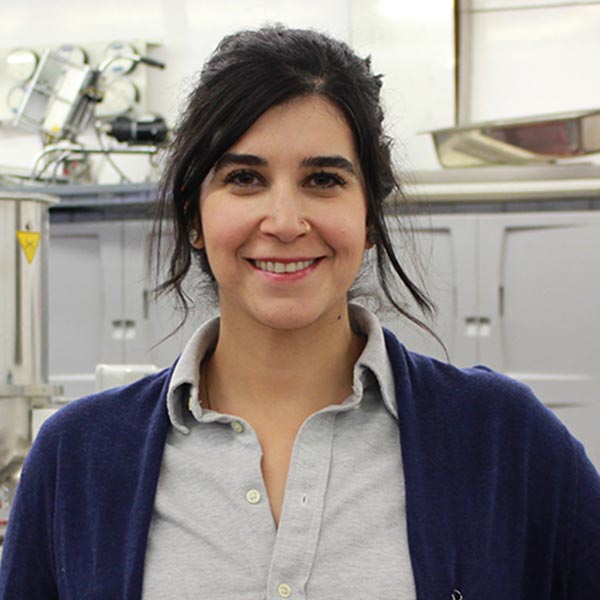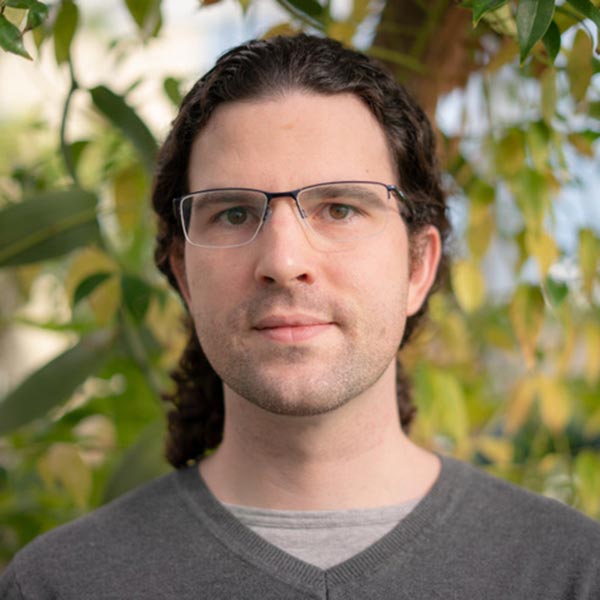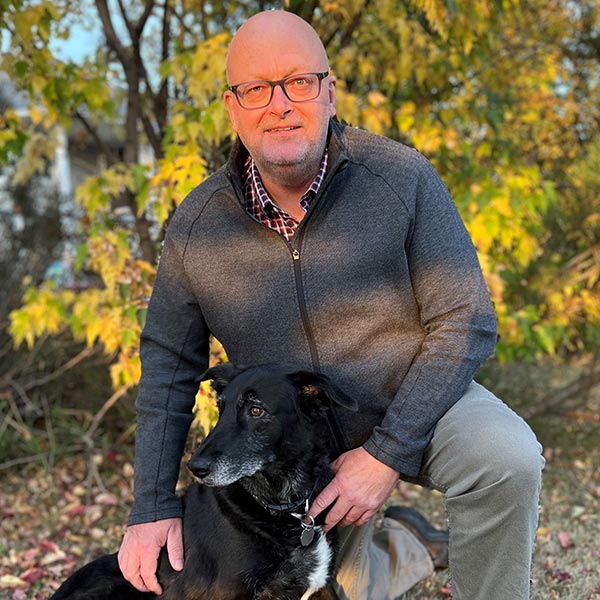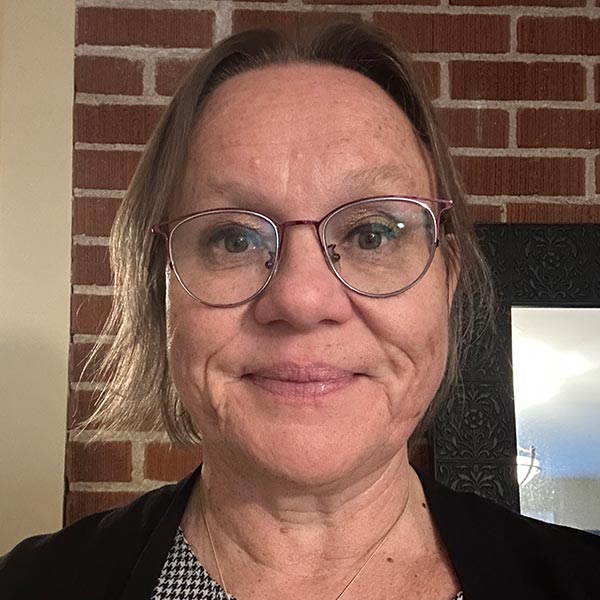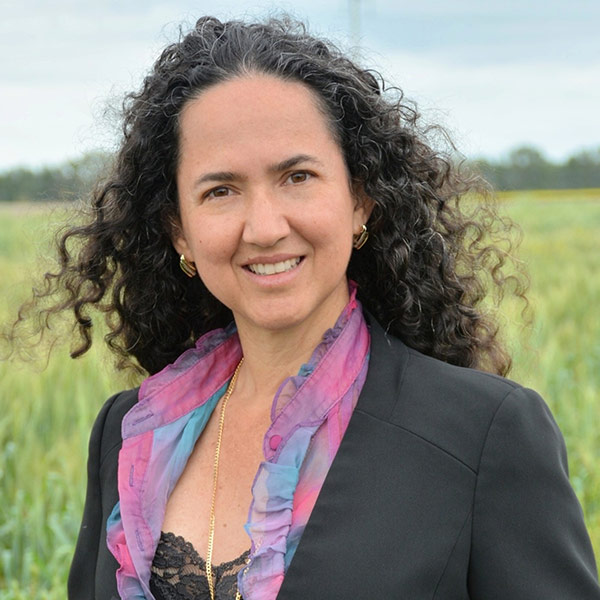Loveleen Dhillon, agronomist in residence special crops, University of Manitoba
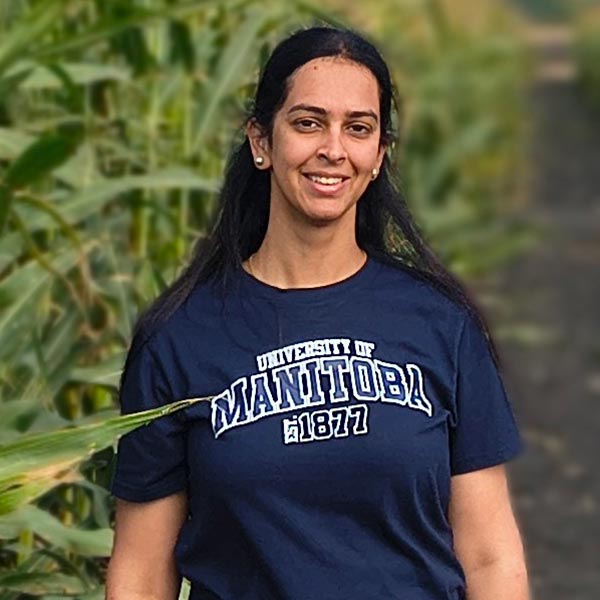
Loveleen Kaur Dhillon joined the University of Manitoba (UM) as its agronomist in residence for special crops in February 2025, a new five-year position funded by Manitoba Crop Alliance (MCA). She grew up on a farm in Punjab, India, and has always been fascinated by what makes crops adapt and thrive across varied soils, seasons and climates.
Dhillon earned her bachelor’s and master’s degrees in agricultural biotechnology at Punjab Agricultural University, then completed her PhD in plant science at the University of Saskatchewan. After her PhD, she worked as a postdoctoral fellow on agronomy and plant breeding-related projects before moving to Winnipeg in 2024. She lives with her husband, two-year-old son and mother-in-law.
What got you interested in this area of work?
My interest in agriculture really initiated in Grade 12, when a guest speaker from an agricultural university came to our school. I was already used to talking with my dad about crops, and I had always been fascinated by how a tiny seed could push through the soil and grow into a plant. When I entered university, something just clicked, and I knew this was the field for me. I had the chance to learn from experts in rice and wheat breeding, and being from Punjab, where nearly 70 per cent of people are connected to agriculture, it felt like a natural path.
Can you tell us about your role at UM?
As the agronomist in residence for special crops, my research looks at corn, flax and sunflowers. Currently, my focus is finding the critical period for weed control in these crops. This year I had trials running across different locations in Manitoba, working with the diversification centres, private contractors and trials at UM’s research farm at Carman.
Apart from weed control, I’m collaborating with researchers from Agriculture and Agri-Food Canada (AAFC) Ottawa on corn cold tolerance trials. They’ve generated corn inbred lines that can be seeded in cold soils, which could be exciting for Manitoba because of our shorter, colder growing season. I’m also looking at different seeding windows for corn, testing various seeding dates and varieties to see what works best for Manitoba.
Research planning takes a lot of my time. Being new to my position at the university this year, I had to set up my lab, develop protocols and manage the administrative work, while also being on the road most of the summer. Once the plants were out of the ground, I was busier than ever, but it was fun to be outside visiting sites and watching the crops grow.
This winter my focus will shift to extension, going to conferences, meeting farmers and communicating what we’ve found this summer. I’m excited to see the results and hope to have more to share once I analyze the data over the winter.
What can you say about the value of farmers providing funding and support to your program?
One word: thanks! It’s incredibly motivating to know that farmers are investing in my work. It tells me that they are open to exploring new possibilities for their farms, and it challenges me to deliver research that truly makes a difference. Farmers’ support means everything, and for that I am deeply thankful.
How does that farmer funding and support directly benefit farmers?
Farmers invest in this research because they see potential in these crops and want answers to the challenges they face. My role is to take those questions about weeds, fertility or management and turn them into practical solutions. It really is a partnership – farmers provide the support, and we work to deliver research that helps improve their operations. That funding directly translates into recommendations on what fertilizer works best, when to apply it or how to manage weeds more effectively. I’m deeply grateful for their trust, and I hope they continue to grow these special crops. They’re called “special” for a reason – they can bring real value to their farms.
What do you like to do outside of work?
Life with a two-year-old can be busy, but I enjoy cooking and reading.
What is the best part about your job?
From an early age, I knew I wanted to contribute to advancing farming practices, and that’s what excites me most about my job. I get to do exactly what I always dreamed of doing. During my PhD, I worked on promoting the adoption of field peas in Saskatchewan, and now I’m focused on special crops, supporting the adoption of these crops that can strengthen agriculture and promote sustainability. Every new project I take on is designed with farmers in mind. For me, the best part of this job is being able to use science to make a real difference in farmers’ lives.
What are you excited about for the future of agriculture?
What excites me most is how fast agriculture is evolving. We’re updating the basics, yes, but also stepping into a future shaped by plant breeding breakthroughs, faster cropping systems and AI-driven tools. These innovations are transforming farming in ways we couldn’t have imagined a few years ago. Agriculture has always been resilient, and I believe its future is brighter than ever.
Who or what inspires you?
My greatest inspiration comes from the farmers themselves. The trust they place in me through MCA, and even a simple letter from a farmer sharing their excitement about this agronomist role, reminds me that this work matters. Their support, both personal and financial, drives my commitment to stay honest, dedicated and focused on research that serves them. In many ways, their confidence is what drives me to give my very best.
Follow @LoveleenKaur024 on X.

